Extreme E embarks on first Legacy Programme of Season 3
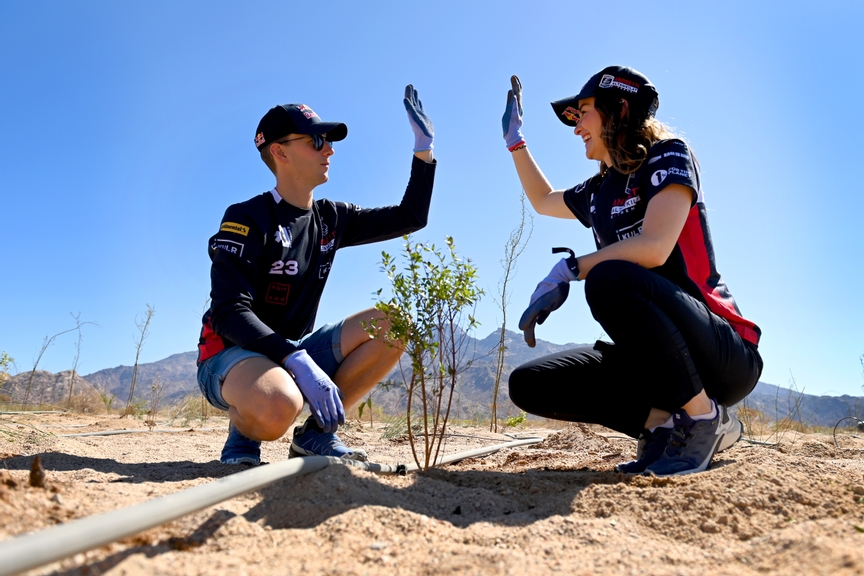
Ahead of the Desert X Prix in NEOM, Saudi Arabia, Extreme E launched its latest Legacy Programme
Returning to NEOM for the second consecutive year, the sport for purpose championship has taken a two-pronged approach towards its latest Legacy Project, supporting both the rewilding and regreening efforts in the developing region located in northwest Saudi Arabia.
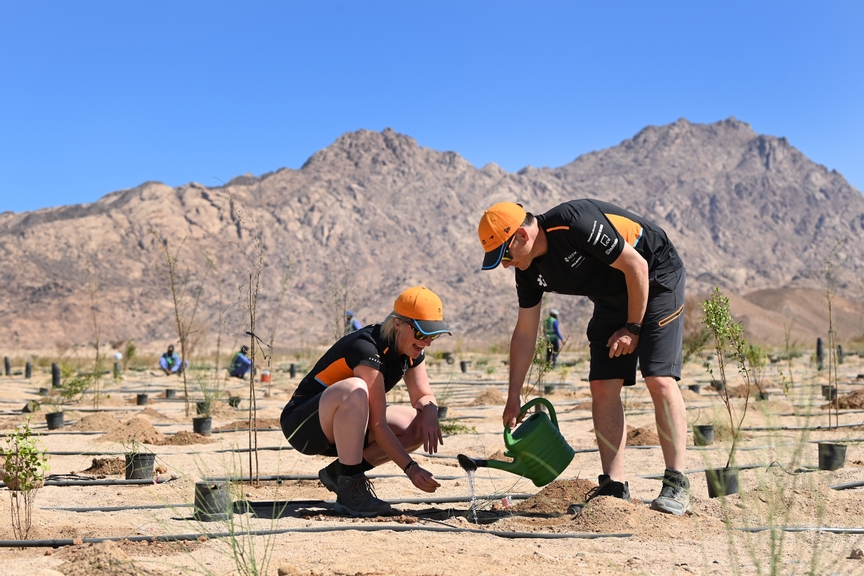
The programme builds on the efforts of Extreme E’s role last year, which saw the release of lizards into the region’s landscape. Last week, the championship’s drivers and staff travelled to the NEOM’s Nature Reserve to assist in the momentous release of Arabian oryx, Red Necked Ostriches, and Arabian Sand gazelles - species that have not roamed freely there for over a century.
Extreme E’s help resettling these native species marked a significant step in NEOM’s wider nature restoration efforts that started in 2022. With a commitment to protect and enhance biodiversity, rejuvenate natural habitats, reintroduce native species and regreen the environment, 95% of NEOM’s land will be reserved for nature conservation, making it one of the largest rewilding programmes in the world at 25,000 km2.
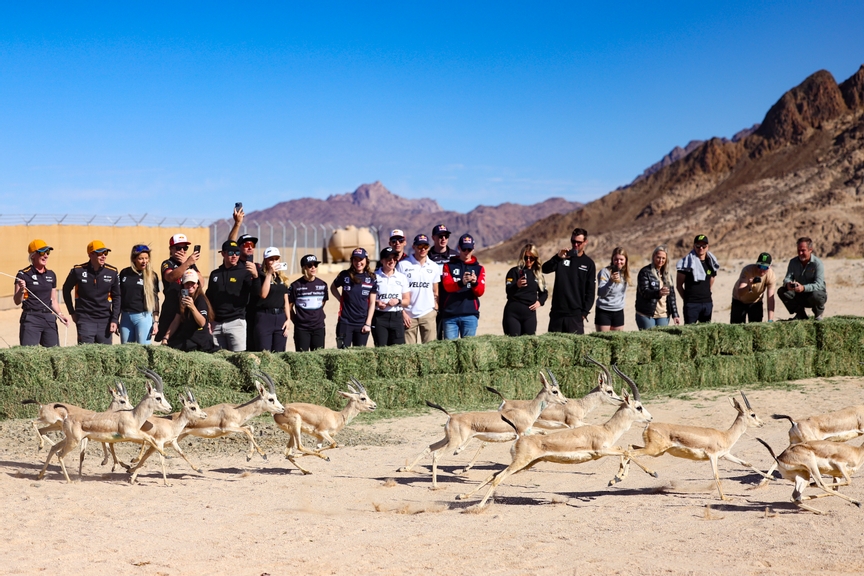
Emma Gilmour, NEOM McLaren Extreme E Team, said: "We were here last year releasing lizards into the wild, and to think that there are now a thousand of them out there in their natural habitat is really special.
“Then this year, we released gazelles and ostriches which was an amazing sight to see. The scale of what is happening here in NEOM, having seen it a year ago, the work and development and passion that is going into these regreening and rewilding projects is amazing.”
Heikki Kovalainen, JBXE, said: “My first Legacy Project was a really interesting event. It is a huge part of this championship, so I knew the concept already, but to actually see this project and see how physically we take part in this kind of initiative was great.
“I’m glad to be a part of it and it was cool to be releasing some animals – as an animal lover it was great to be involved in that. The area was massive, so it was really impressive as we went round planting the trees as well.”
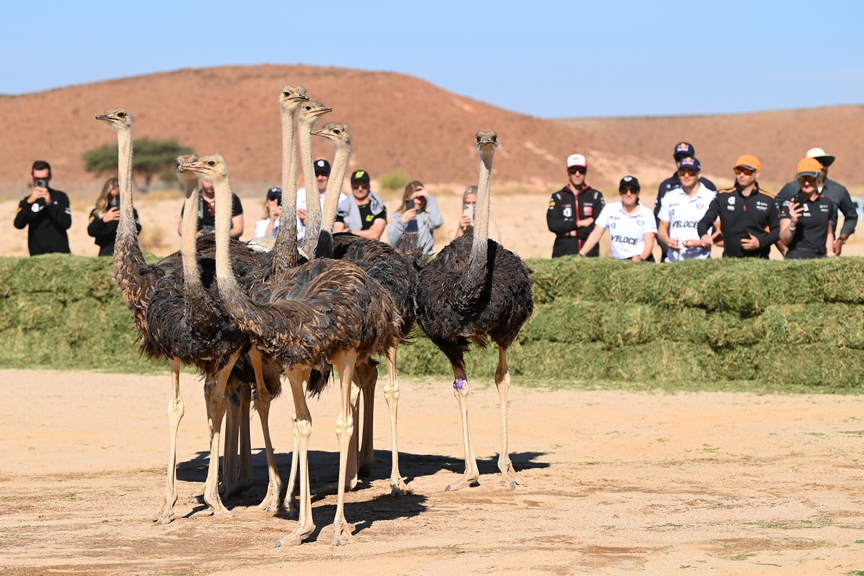
Also forming part of the Legacy Project, Extreme E received talks from the conservation staff themselves, who educated all on the importance of the initiative and impact of their work.
Paul Marshall, Head of NEOM Nature Reserve, said: “Through a combination of active and passive regreening, we will add 100 million native trees, shrubs and grasses to NEOM by 2030 as part of the overall Saudi Greening Initiative (SGI).
“The use of recycled black and grey water will also ensure that we don’t deplete the local water resources. While we are irrigating in the beginning, we are using methods that will increase the likelihood of long-term sustainability and a healthy self-sustaining native vegetation ecosystem in this landscape."
“We are not wanting to create something that never existed, but instead mitigate against previous damage to this landscape, and rejuvenate the native desert and its flora and fauna to a time before external factors degraded it.”
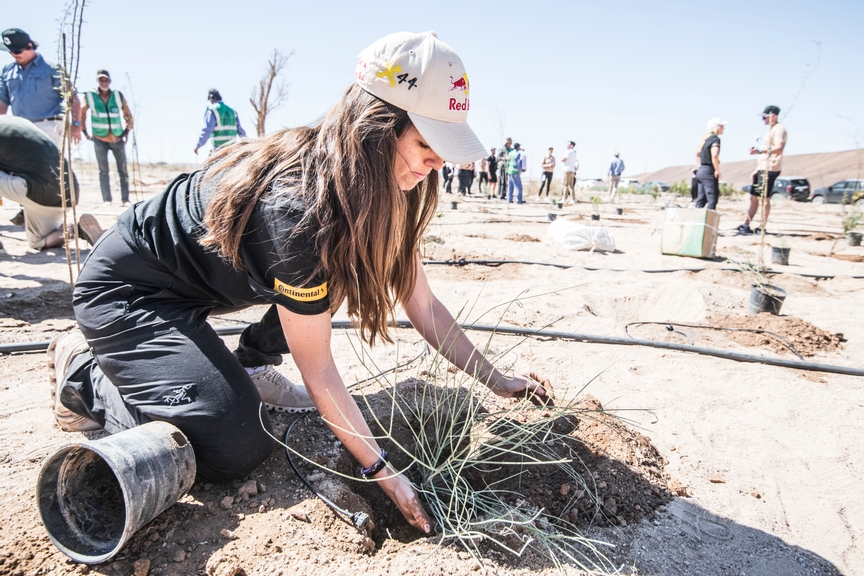
Carlos Duarte, Professor of Marine Science at the King Abdullah University of Science and Technology (KAUST) and Head of Extreme E's Scientific Committee, said: “Throughout the world a major driver of climate change is consistent degradation. Much of that is happening in landscapes like this, arid landscapes, that didn’t use to look as barren as this.
“Due to excessive water withdrawal the landscape has lost the capacity to support the ecosystem. We have learned that restoring the habitat is not enough and that we need to restore the inhabitants. Without animals maintaining things this area will always need human intervention, so it was crucial to release them into the wild.”